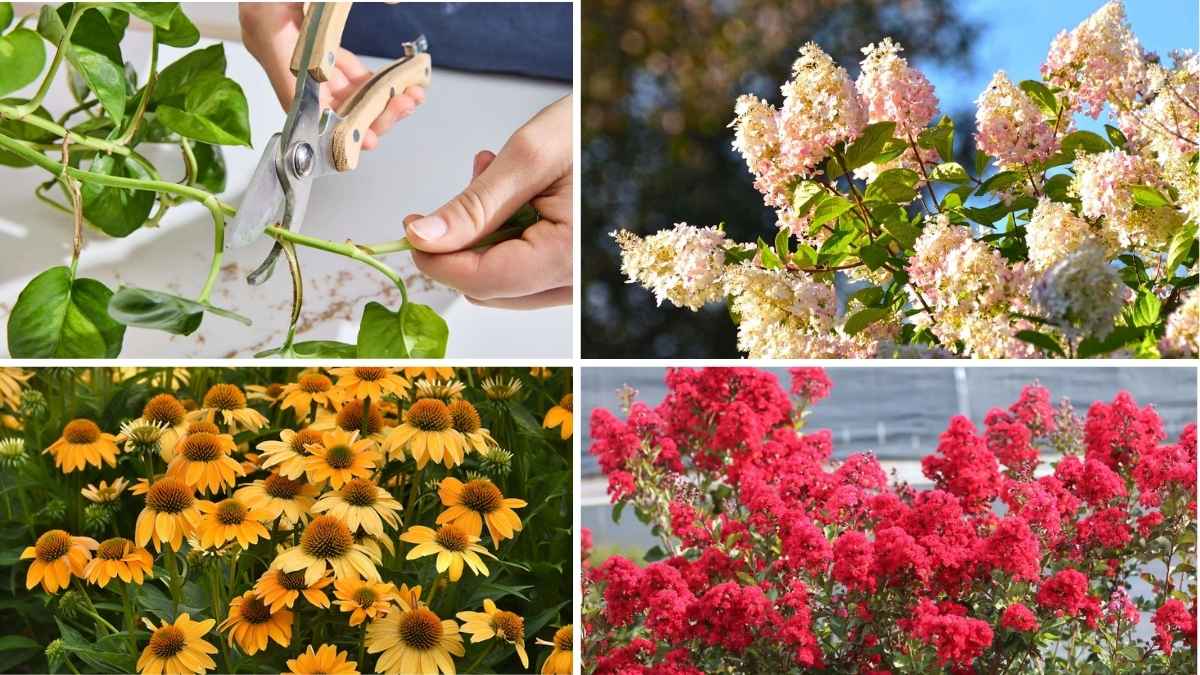Join on WhatsApp
Get the latest updates directly on WhatsApp – motivation, news & more!
There’s something about November that hushes the world. The rush of summer has faded into memory, and the fiery hues of early autumn have dimmed to softer, rusted tones. As the days grow shorter and the light falls a little lower in the sky, your garden isn’t falling silent it’s speaking in a new language. You just have to learn how to listen.
A Time of Reflection and Rest
Your garden, much like the world around it, is preparing for rest. November isn’t about growth in the traditional sense. It’s about pulling energy inward, conserving, and reflecting. The trees that once held out their leaves like proud flags now drop them one by one, almost thoughtfully. The soil becomes quieter, too, working behind the scenes to break down what once flourished. This isn’t death it’s preparation. It’s the garden saying, “Let me rest, so I can return.”
Gardeners often feel torn this time of year. The instinct to tidy up, to clip and rake and sweep everything into perfect order, runs strong. But sometimes, your garden wants you to leave things be. Fallen leaves aren’t always a mess they’re blankets. Hollow stems and dry seed heads aren’t signs of neglect they’re homes, food, and shelter for the unseen lives that winter among us.
What the Soil Tells You
Kneel down for a moment and touch the soil. It may feel damp, cool, and earthy different from the warm, dry texture of summer. That shift is meaningful. Your soil is adjusting, responding to the rhythm of the season. If it feels compacted or too wet, it might be asking for better drainage or a bit of organic matter before the freeze. If it’s loose and rich, maybe it’s content, quietly composting the year’s abundance into nourishment for the next cycle.
November is a good time to give the soil a little love, not by working it to exhaustion, but by feeding it gently mulch, compost, fallen leaves. Think of it as tucking your soil in with a warm blanket before the frost sets in.
The Subtle Beauty of Decay
Decay has a bad reputation, but in the garden, it’s a sacred act. That shriveled hosta leaf, that once-proud sunflower bowing its heavy head they’re not just dying, they’re giving back. The garden in November whispers that beauty is not only in bloom and color, but in the slow return to the earth.
Look closer and you’ll see it: the soft amber of a drying hydrangea, the lacework of a disintegrating leaf, the frost-edged tips of sedum. These are the details that often go unnoticed in brighter months. But now, when everything else is still, they sing a quiet song.
Visitors in the Stillness
Though the flowers have faded, your garden isn’t empty. Birds flit through bare branches in search of berries. Squirrels bury acorns with frantic energy. If you’ve left seed heads standing, finches and chickadees will thank you with their visits. Insects hunker down in leaf piles or hide within the stems of native perennials.
By resisting the urge to “clean” too much, you’re allowing your garden to be more than a display it becomes a habitat, a refuge. November is when your garden shifts its role from showcase to sanctuary. Let it.
Listening to What’s Next
Not everything in the garden is sleeping. Some plants like garlic, certain bulbs, and overwintering vegetables are quietly preparing for spring beneath the surface. They’re the quiet planners of the garden world, trusting that the cold months ahead will not be a threat, but a necessary phase.
Your garden might also be nudging you toward next year’s ideas. Notice what thrived and what struggled this past season. Were there bare patches? Overcrowded spots? Did the tomatoes get too much sun? Or the lavender not enough? November is a time for listening, not acting. Keep a notebook or simply wander with intention. Let your garden tell you what it wants to become.
Garden Tasks That Feel Like Rituals
While much of the garden is winding down, there are still meaningful tasks to do. These aren’t chores quiet rituals.
Cutting back certain perennials (but leaving others for wildlife), planting spring bulbs, spreading mulch, or wrapping tender shrubs in burlap. These small acts are ways of saying “thank you” to the space that fed you, shaded you, and offered beauty. They are the gardener’s version of tucking in a child at night: protective, loving, unhurried.
You may also find yourself pruning trees or gathering seeds. These acts connect you directly to the cycle of life that pulses through your garden. There’s something sacred about placing a seed into the earth in November. It feels like a promise.
Embracing the Bare Bones
With the leaves gone and the flowers faded, the structure of your garden comes into full view. Now you can see the curves of your paths, the silhouettes of your trees, the shape of your borders. November offers clarity an honest look at the bones of your garden, stripped of ornament.
Use this time to notice how the space flows. Does it invite you in, even now? Do you feel welcomed, or is something missing? Without the distraction of bloom and color, you might see where a bench would feel right, or where a trellis could rise. The garden is talking to you in structure now. Listen carefully.
The Stillness That Speaks
There’s a particular kind of silence in a November garden not empty, but full. Full of memories, of quiet lives, of preparation. It’s easy to overlook, especially in a world that values noise, speed, and productivity. But if you stand still, maybe with a cup of something warm in your hands, you’ll hear it.
You’ll hear the wind rustling the dry grasses, the faint chirp of a bird calling out from the hedge, the soft crumble of leaves underfoot. These are your garden’s whispers. And they are saying: Slow down. Rest is part of the growing. Let this be enough.
The Gift of Letting Go
In the end, November is the garden’s lesson in letting go. Of letting go of perfection, of control, of always needing to do. It’s an invitation to accept things as they are to see the beauty in the unfinished, the messy, the fading.
Your garden isn’t asking for more from you. It’s offering peace, reflection, and a gentle nudge to trust the cycles that continue, even when nothing seems to be happening. Let it speak. Let it rest. Let it be.
Because in the quiet, in the stillness, the garden is still growing.




